New trio of Ardennes climbs forms first major challenge for 2017 Liege-Bastogne-Liege
A recon of the Cote de Pont, Cote de Belleveaux and Cote de la Ferme Liberte
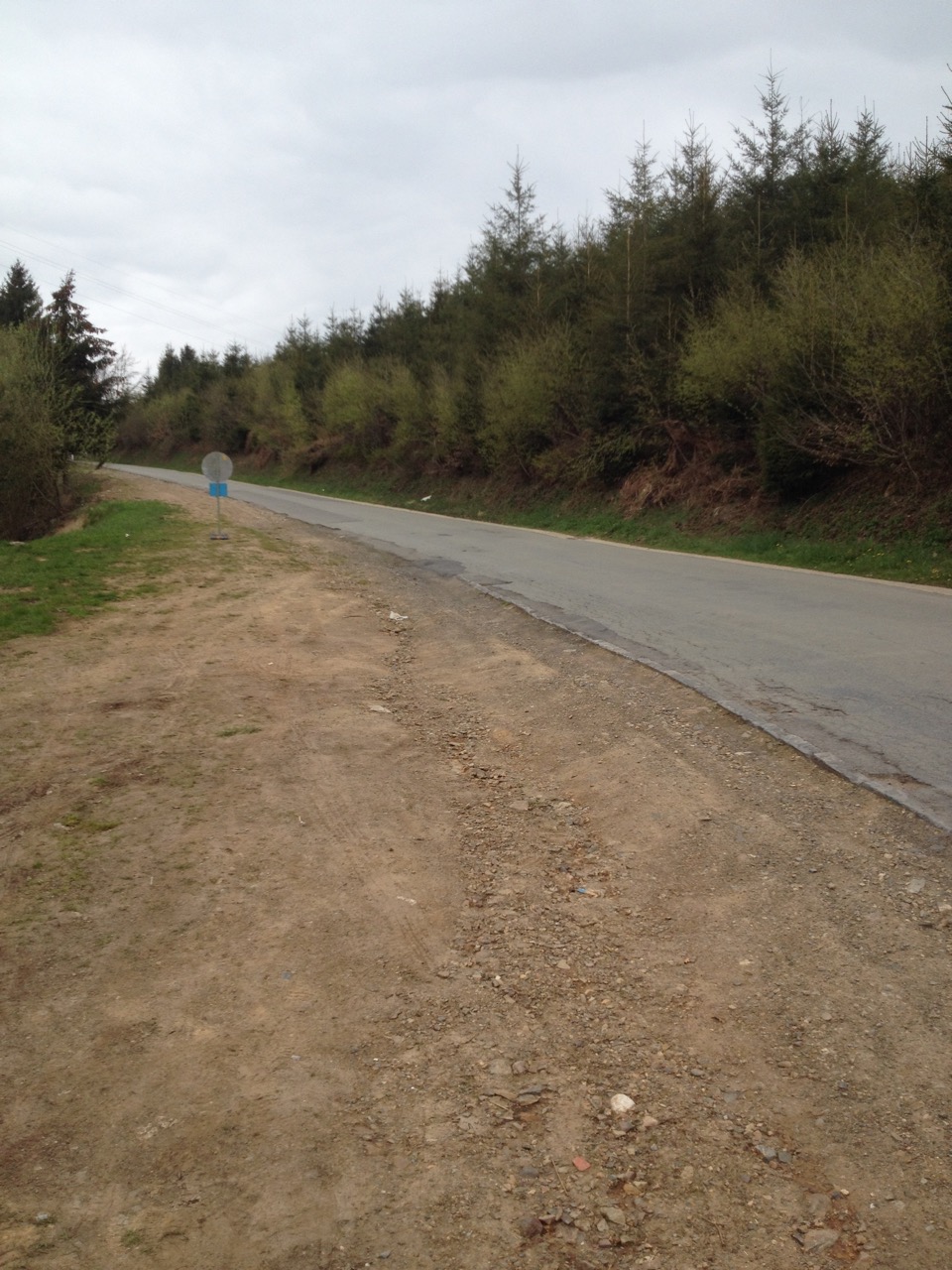
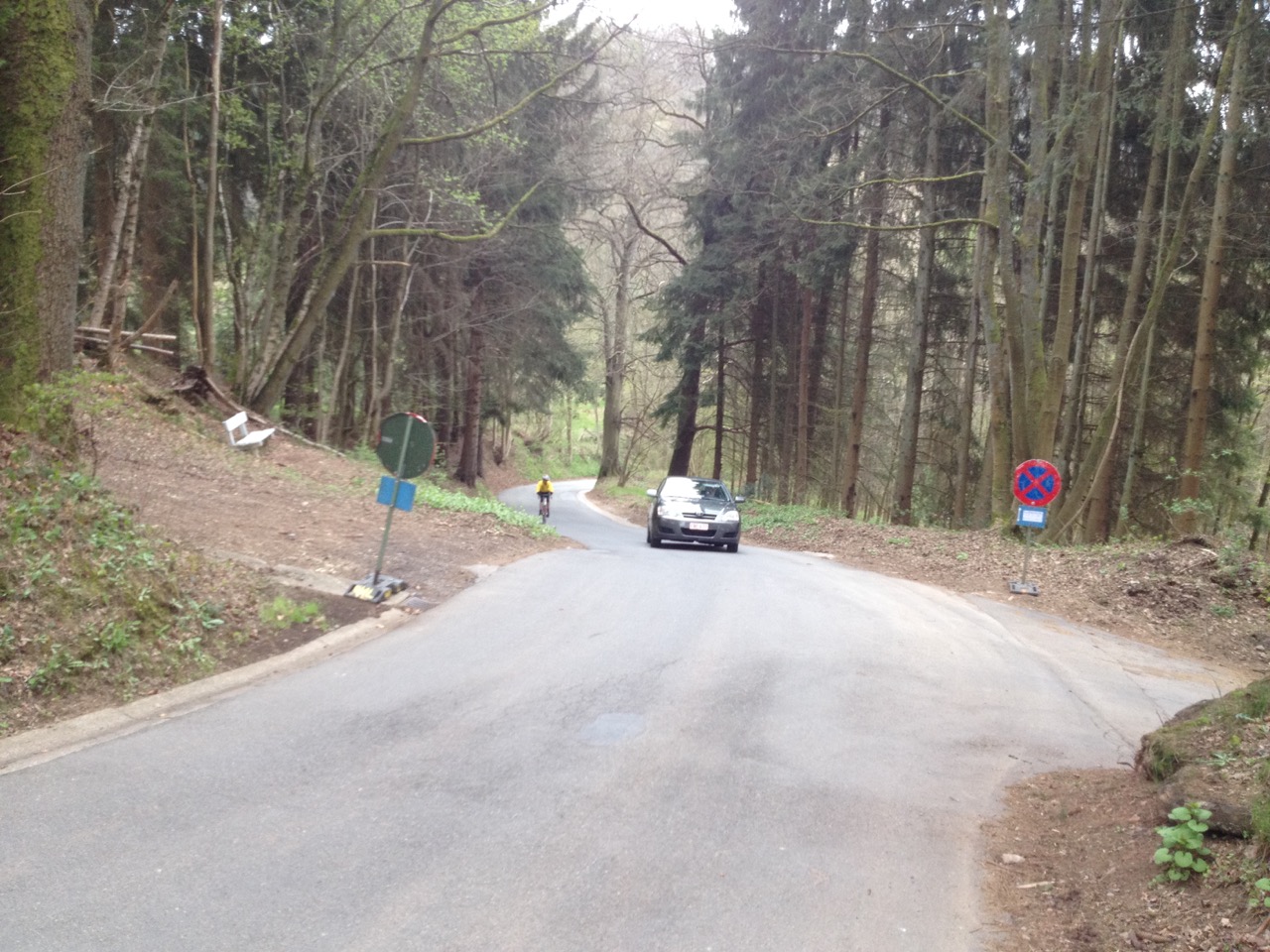
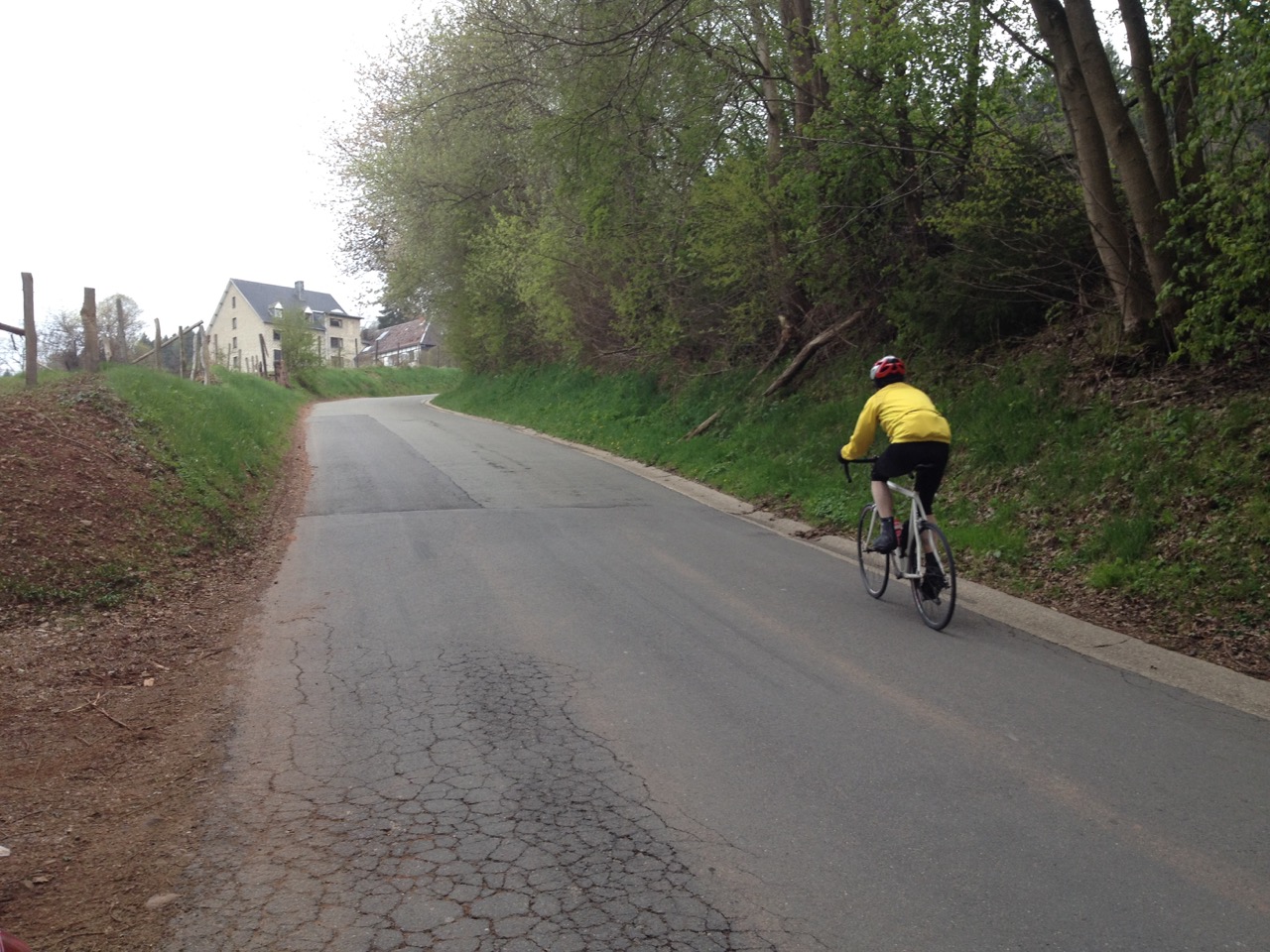
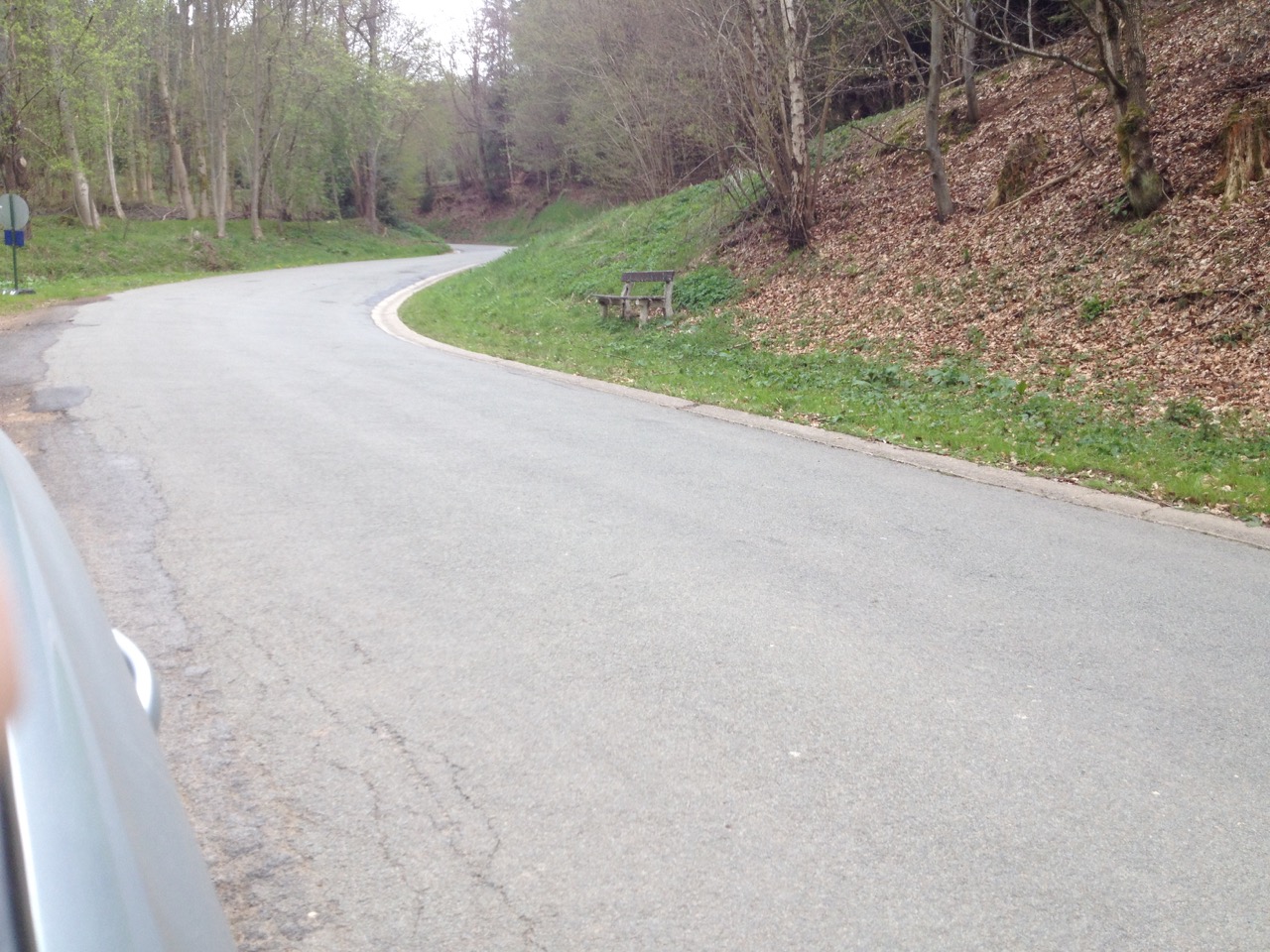
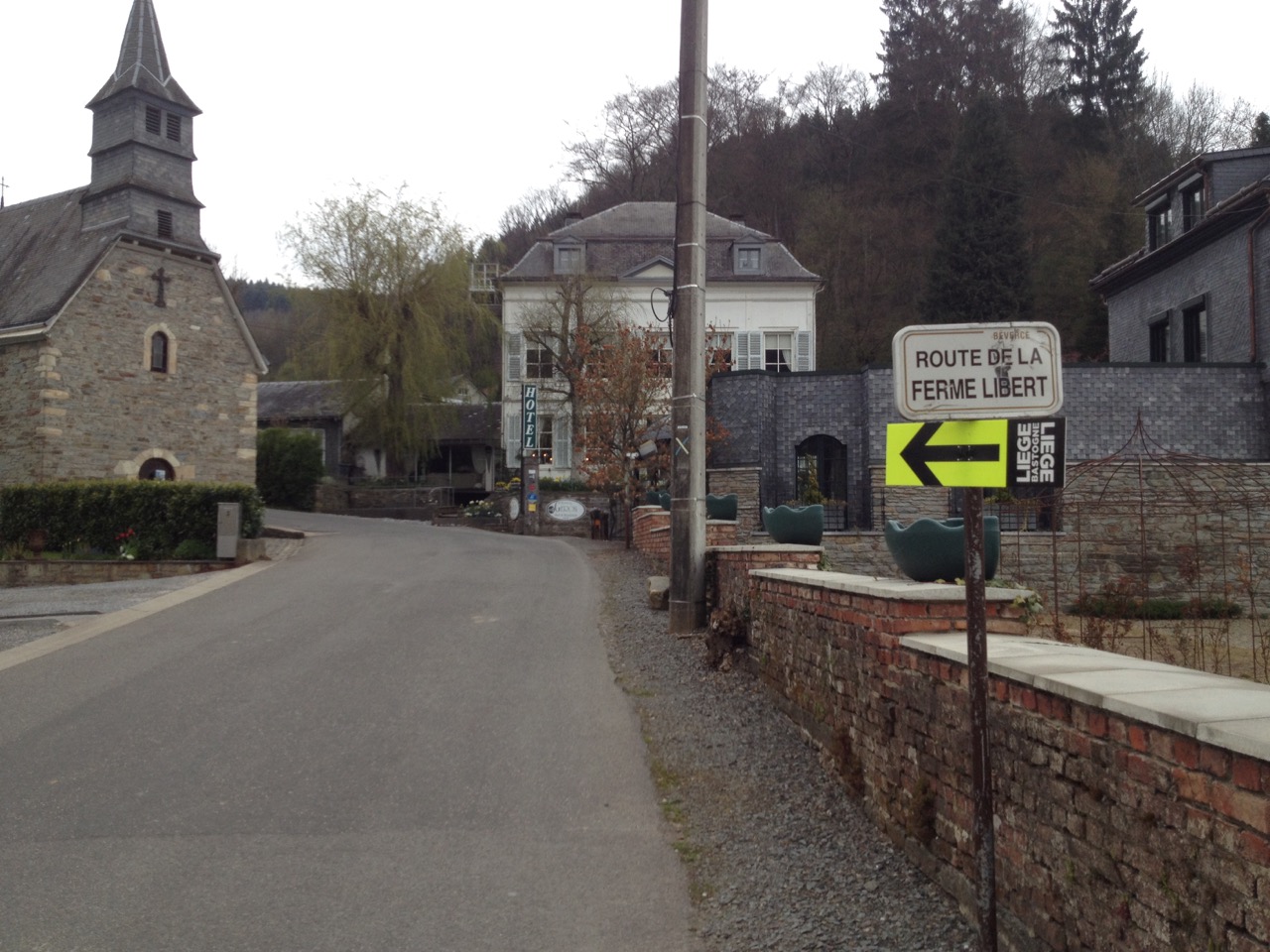
It seems not a year goes by without another major alteration in the Liège-Bastogne-Liège route, and 2017 is no exception. In 2016, organisers ASO changed the last part of the course by introducing a new, punchy climb, the Côte de la Rue Naniot, almost within sight of the finish in Ans.
That climb has been removed for 2017, apparently because it would have put the total race distance in excess of 260 kilometres, rather than letting it stand at the current total of 258 kilometres. But the biggest change by far this April is the removal of an iconic trio of early ascents, the Côte de Wanne, the Stockeu and the Haute-Levée, because of roadworks.
For years, these were the first climbs to really test the riders’ legs on the race’s return to Liege. The most difficult was the ultra-steep and poorly surfaced Stockeu – also famous for its bizarre sculpture of Eddy Merckx near the summit – which always had the role of splitting the peloton apart and revealing any major chinks in the armour amongst the top contenders and their teams.
In order to find three climbs in quick succession that could play a similar role, the organisers have moved the first part of the return half of the route eastward, and they've added a new trio of ascents starting at kilometre 168 in the Côte de Pont (1km, 10.5%), Côte de Belleveaux (1.1km, 6.8%) and, above all, the very challenging Côte de la Ferme Liberte (1.2km, 12.1%).
On the way back from Bastogne, the 50 kilometres prior to the Côte de Pont, running roughly parallel to the nearby Luxembourg border, are very much typical Ardennes terrain. There may be no classified climbs after the Côte de Saint Roch at kilometre 116 for over an hour’s racing, but the undulating roads across exposed uplands and woodlands will surely tax riders’ legs nonetheless. As ever, the region’s historic connections to World War II abound, and this year, near the village of Gouvy, the peloton will pass along the road from where the German military fired the world’s first long-range ballistic missile, the V2, in September 1944.
Perhaps unsurprisingly given its name, the first of the new climbs, the Côte de Pont comes after a fast drop down to a river bridge, and then kicks up at a steady 10.5 per cent. It’s not that hard a climb, with no sudden changes of gradient. However, it’s also quite narrow and poorly surfaced and the sudden change of pace, above all, from the easier riding beforehand, could place riders in trouble.
The Côte de Bellevaux comes next just four kilometres later, but it is the easiest of all three climbs, on smooth, broad roads, with no real changes of gradients and with just a couple of sweeping curves as the biggest challenges. The descent that follows the Bellevaux, down to the town of Malmedy, is arguably much tougher to handle – the last part in particular is very technical with two nasty bends.
Get The Leadout Newsletter
The latest race content, interviews, features, reviews and expert buying guides, direct to your inbox!
After a long, fast segment of flat through the centre of Malmedy, the climb that will really do the most damage of the three is the Côte de la Ferme Libert at kilometre 180. Starting abruptly as the race swings 90 degrees leftwards off a broad ‘A’ road onto an ultra-narrow farm lane – meaning the fight to be in front will be ferocious beforehand – the climb zigzags its way steadily upwards through a small village and then into woodland with barely a change from a steep gradient of 10 to 12 per cent. The fact some local riders have already rated it as harder than the better-known La Redoute gives some idea of just how difficult this new climb is.
Although fairly broad and well-surfaced, there’s simply no let-up in the gradient until you reach about 200 metres from the top, when a very short downhill segment and flattish drag precedes the last, long curve right to the summit. Coming after four hours of riding, this climb – followed by a couple of kilometres of flat hilltop ridge road – is sure to do damage.
After this trio of new climbs act as curtain-raisers for the final part of the course, the peloton will find themselves handling two familiar ascents, the Col de Rosier and Col de Maquisard. Neither of them is excessively hard, with average gradients under six per cent. However, the Rosier is a painfully long and steady grind, running through seemingly endless stretches of dense woodland and at 4.4 kilometres, it’s by far the longest ascent of the 2017 Liège-Bastogne-Liège. After these two easier ascents, the race route plunges down towards the town of Remouchamps.
From there, the familiar tests of La Redoute, La Roche aux Faucons and Saint-Nicolas await the Liège-Bastogne-Liège peloton on the hectic run-in to the finish.
Alasdair Fotheringham has been reporting on cycling since 1991. He has covered every Tour de France since 1992 bar one, as well as numerous other bike races of all shapes and sizes, ranging from the Olympic Games in 2008 to the now sadly defunct Subida a Urkiola hill climb in Spain. As well as working for Cyclingnews, he has also written for The Independent, The Guardian, ProCycling, The Express and Reuters.
